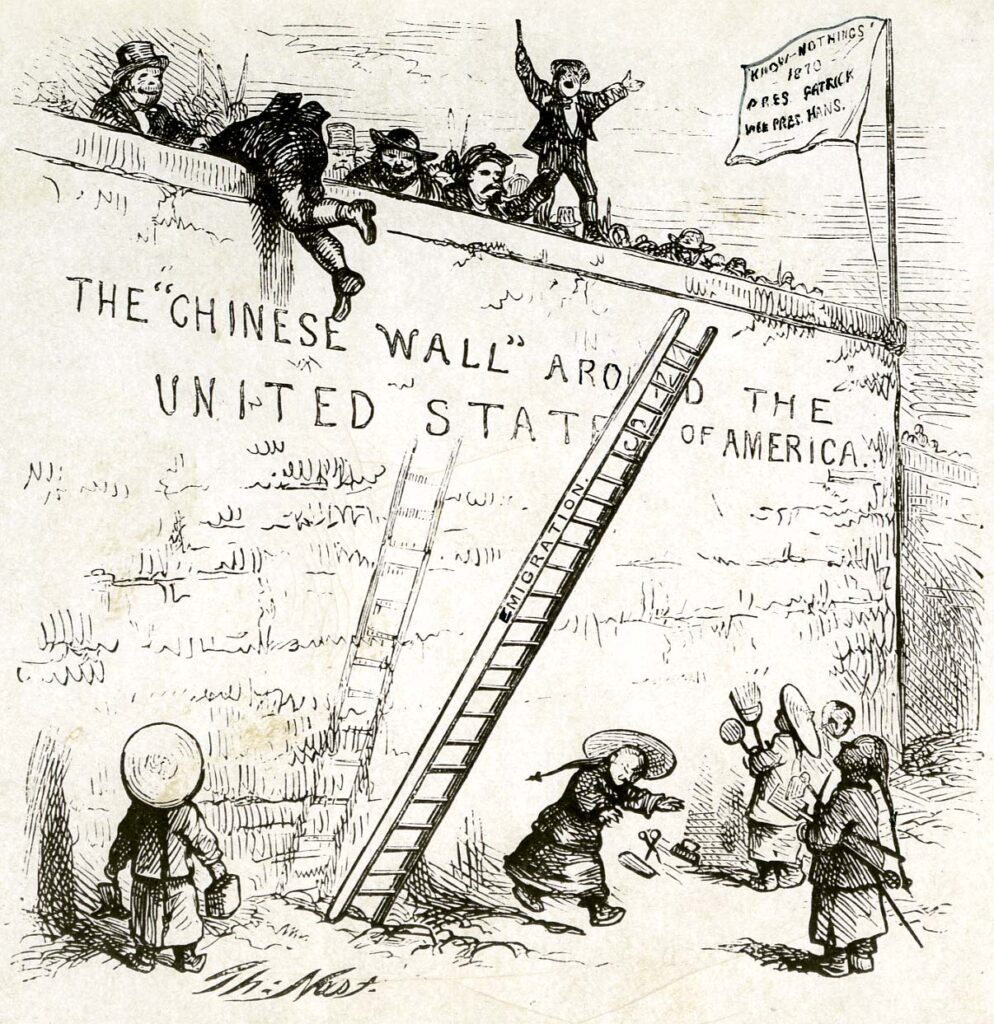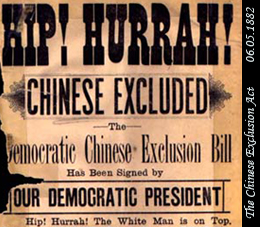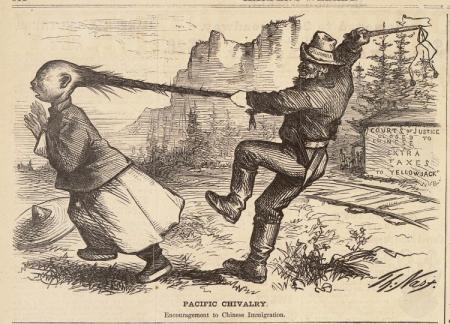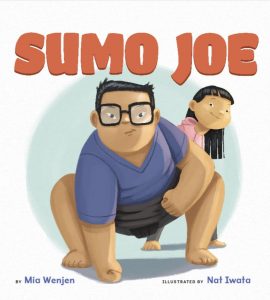I’m kicking off a series that I call “What They Don’t Teach in History Books.” These are topics that are generally erased from history. I don’t remember ever learning about them at school. I will center each topic using children’s books. I plan to add videos and other links to make each topic a more comprehensive unit.
Please feel free to make suggestions for topics or to add to my posts. Let’s build this knowledge base together.
Here are a few of the topics that I plan to cover:
– The Tulsa Race Massacre
– When Mixed Race Marriage Was Illegal
– The First Segregation Case in Public Schools: Menendez versus
– The Deadly Boarding Schools Native American Children Were Forced to Attend
– Andrew Jackson and the murder of his wartime ally, Chief
– Suppression of Evidence that led to Japanese American Internment
The Chinese Exclusion Act
The Chinese Exclusion Act was a United States federal law signed by President Chester A. Arthur on May 6, 1882, prohibiting all immigration of Chinese laborers.
“Chinese Exclusion Act was unlike any law enacted since the founding of the republic. Singling out as never before a specific race and nationality for exclusion – made it illegal for Chinese workers to come to America – and for Chinese nationals already here ever to become citizens of the United States.
Fueled by deep-seated tensions over race, class, and national identity that had been festering since the founding of the republic, it was the first in a long line of acts targeting the Chinese for exclusion – and it would remain in force for more than sixty years. It continues to shape the debate about what it means to be an American to this day.
Learn more about THE CHINESE EXCLUSION ACT, including where to watch the documentary:
Examine the origin, history, and impact of the 1882 law that made it illegal for Chinese workers to come to America and for Chinese nationals already here ever to become U.S. citizens. The first in a long line of acts targeting the Chinese for exclusion, it remained in force for more than 60 years.” PBS
The History of the Anti-Chinese Movement that Led to the Chinese Exclusion Act
The Chinese Exclusion Act
Children’s Books to Learn about The Chinese Exclusion Act – What They Don’t Teach in History Books
Coolies by Yin, illustrated by Chris Soentpiet
Brothers Shek and Wong immigrated to the United States in 1865 to help build the railroad. This was during a time in China when thousands died of hunger. They were called “Coolies,” a term for lowly workers. The work was dangerous and the conditions were terrible. Chinese workers were paid less than non-Chinese. When the railroad was completed, the brothers settled in San Francisco’s Chinatown and sent money so that their family could join them. [picture book, ages 7 and up]
Paper Son: The Inspiring Story of Tyrus Wong, Immigrant, and Artist by Julie Leung, illustrated by Chris Sasaki
Tyrus Wong and his father immigrated to the United States in 1921 when the Chinese Exclusion Act was in effect. This is the story of the Disney artist who created (but wasn’t credited for) the style of the animated movie Bambi. Hired directly by Walt Disney, who was racist, Tyrus Wong was fired after an employee strike at Walt Disney Studios even though he did not participate. Still, Tyrus had an extraordinary career as an artist during a time when racism limited most Asian Americans to menial labor jobs. [picture book biography, ages 4 and up]
Terms that Define Immigration
Immigrant: a person who leaves one country to live in another permanently
Drought: a long period of little or no rainfall
Why did they come?
They came to get a good education or to get better jobs. They also came to escape war, starvation, torture, and death.
What challenges did immigrants face?
At first, many knew little or no English. Even those people who were well educated were forced to work at jobs that did not pay well. They had to continue at these jobs until their English improved. Sometimes, people were as poor in their new country as in their previous one. Some immigrants faced prejudice from people who did not want them in the United States. Other immigrant groups had religious customs that were different from the ones in their new communities. Some new arrivals once lived in rural areas. They had a hard time adjusting to city life in a new country.
How did immigrants preserve their history and culture?
– Websites
What contributions did immigrants make to life in the U.S.?
They are in business and politics. They play professional sports. They are actors and entertainers, artists and writers. They go to school and work in factories. They open stores and restaurants.
To examine any book more closely at Amazon, please click on image of book.
As an Amazon Associate, I earn from qualifying purchases.
p.s. Related posts:
When Mixed Race Marriage Was Illegal: What They Don’t Teach in History Books
Segregation in California Schools: What They Don’t Teach in History Books
Tulsa Race Massacre: What They Don’t Teach You in History Books
Are Slant Eyes Racist? Portraying Asians in Children’s Books
Racism in Children’s Books: Asian Slant Eyes
Rethinking & Examining Dr. Seuss’ Racism
Can A Book Do Real Harm? Anti-Asian Racism in Joey Pigza series by Jack Gantos
Creating a Diverse & Inclusive Family Library at Tough Talk Tuesday
Antiracist Books for Kids, Teens, and Adults
White Privilege Books for Kids
SCBWI Minnesota Racist Illustration and Gaslighting Response
What would you do If You Ran the Dr. Seuss Museum?
Follow PragmaticMom’s board Multicultural Books for Kids on Pinterest.
Follow PragmaticMom’s board Children’s Book Activities on Pinterest.
My books:
Food for the Future: Sustainable Farms Around the World
- Junior Library Guild Gold selection
- Selected as one of 100 Outstanding Picture Books of 2023 by dPICTUS and featured at the Bologna Children’s Book Fair
- Starred review from School Library Journal
- Chicago Library’s Best of the Best
- Imagination Soup’s 35 Best Nonfiction Books of 2023 for Kids
Amazon / Barefoot Books / Signed or Inscribed by Me

















Thank you for putting this together, Mia. I look forward to future installments.
It’s so true that this topic is not thoroughly taught in many schools…if anything, there may be a mention that it existed but without much depth. Thanks for bringing in the depth!
This is a great summary! Wish there were more children’s books to help our children learn about this sad chapter in Chinese American history. Maybe you can write a children’s book or a YA novel?? 🙂